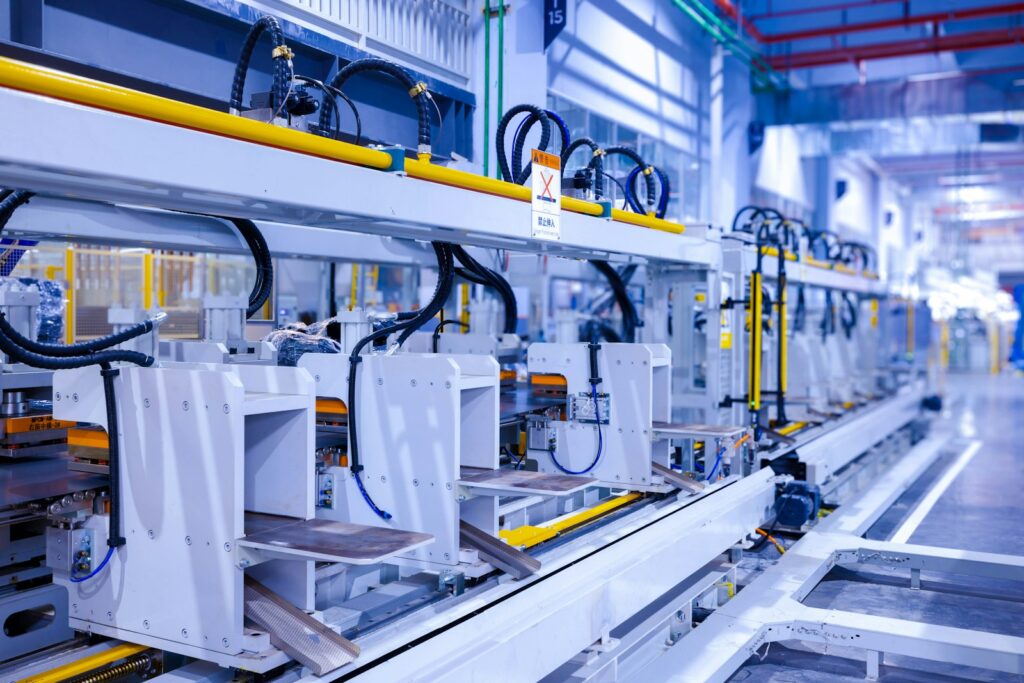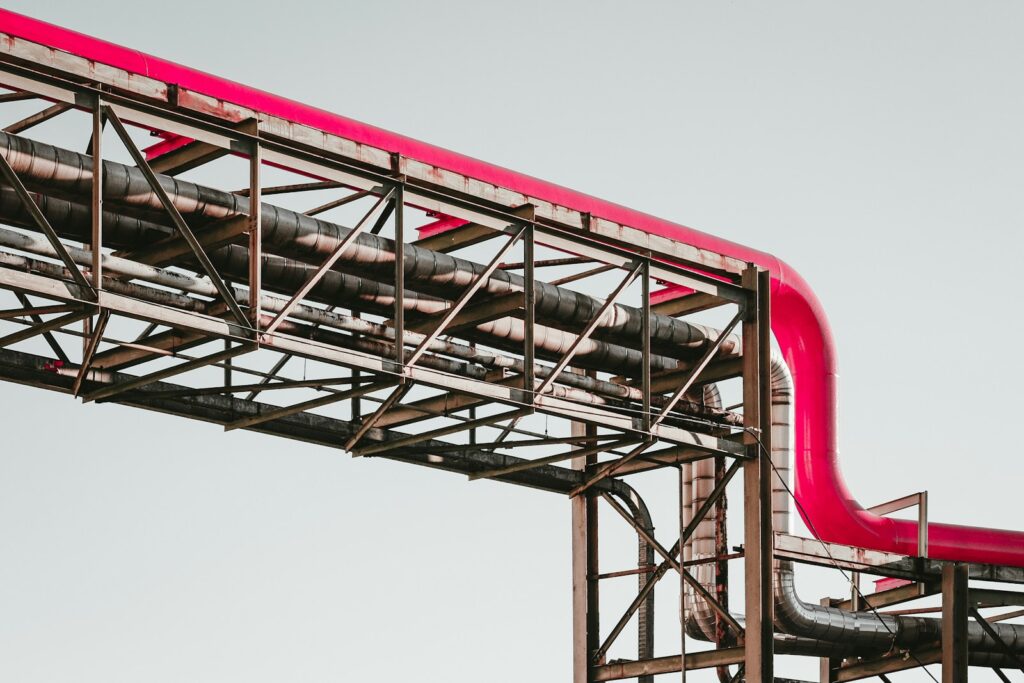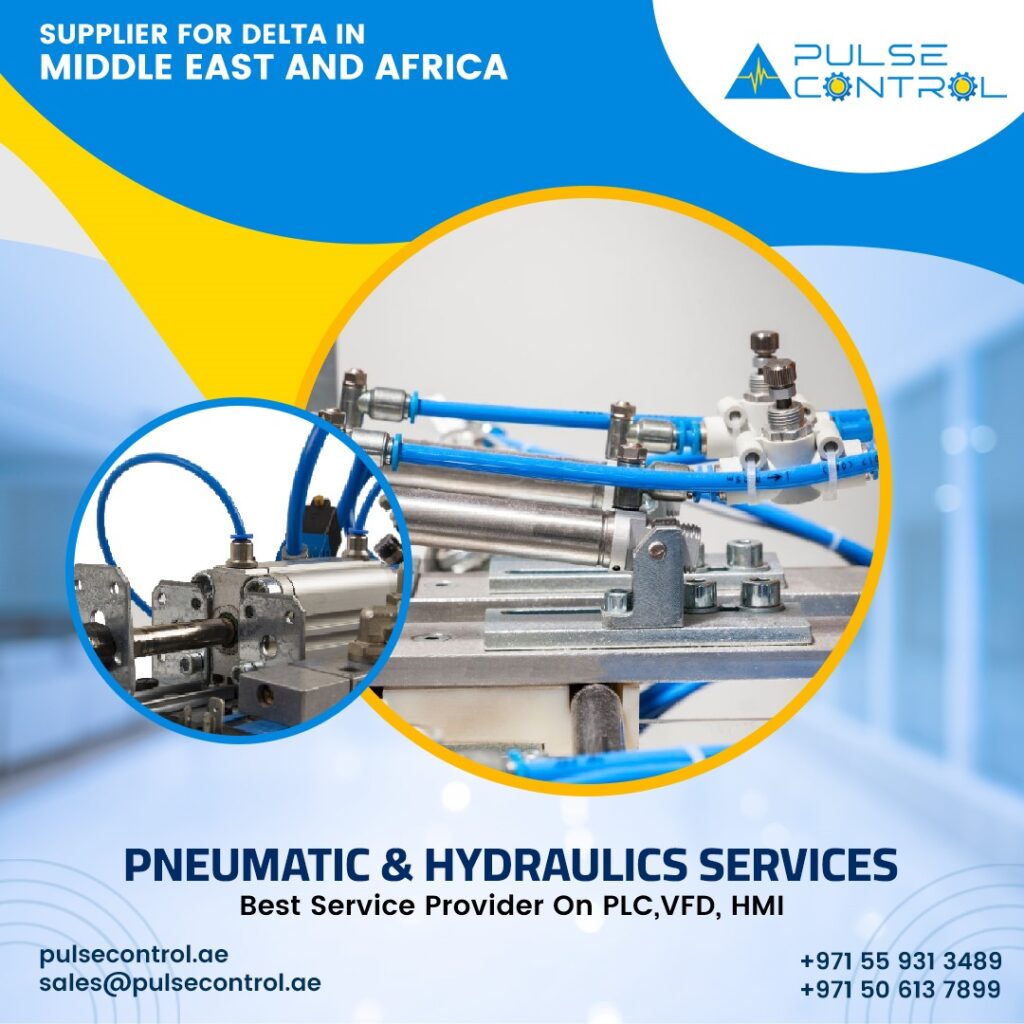
Pump Pressure Control System services
A Pump Pressure Control System is a vital component in many industrial and commercial processes where fluid delivery needs to be maintained at a specific pressure. These systems regulate the operation of pumps to ensure consistent pressure in pipelines, tanks, or other systems. By monitoring pressure levels through sensors and feedback mechanisms, the control system adjusts the pump speed or activates/deactivates pumps to maintain a steady output. This helps prevent issues like pump overloading, system pressure fluctuations, and damage to infrastructure. A typical pump pressure control system might include components such as pressure sensors, controllers, variable frequency drives (VFDs), and motor starters, all of which work in tandem to achieve optimal operation and energy efficiency.
One of the main functions of a pump pressure control system is to maintain a constant pressure within a system regardless of demand changes. For example, in a water distribution network, if demand for water fluctuates, the system adjusts the pump’s speed to compensate for these changes, ensuring the pressure stays within the desired range. Without this kind of control, systems would face challenges such as inconsistent fluid delivery, energy wastage, and premature equipment failure. With the right controls in place, the system optimizes pump performance, reducing wear and tear and ultimately extending the lifespan of the equipment while enhancing overall system efficiency.
Moreover, the benefits of a pump pressure control system extend beyond just operational efficiency. By regulating the pressure, the system helps in energy management by preventing pumps from working harder than necessary. This can lead to significant savings in energy costs, as pumps are often one of the highest energy-consuming components in industrial systems. Additionally, maintaining stable pressure through intelligent control reduces the likelihood of issues like cavitation (where air bubbles form in pumps, leading to damage), minimizes water hammer effects (sudden pressure surges), and improves the reliability and safety of the entire fluid system. As industries continue to emphasize sustainability and cost-efficiency, pump pressure control systems are an indispensable tool for achieving these goals.
Why Are Pump Pressure Control System Services Important?
Investing in these services provides several advantages
- Improved Efficiency: Properly managed systems operate at peak performance.
- Cost Savings: Maintenance and energy optimization reduce operational expenses.
- Increased Longevity: Regular care and upgrades extend the system’s lifespan.
- Enhanced Safety: Ensures safe operation and compliance with standards.

Pulse Control’s Pump Pressure Control System Services
Pulse Control specializes in providing top-notch services for pump pressure control systems, ensuring efficiency, reliability, and tailored solutions for a wide range of applications. Whether you require system design, maintenance, upgrades, or troubleshooting, Pulse Control delivers expertise to meet your specific needs. Here’s a detailed breakdown of the services they offer:
1. Custom System Design and Installation
Pulse Control excels in creating customized pump pressure control systems tailored to your specific operational requirements.
- Site Assessment: Comprehensive evaluation of your facility’s needs, including water flow, pressure range, and energy usage.
- System Configuration: Integration of high-quality pumps, sensors, and controllers to optimize performance.
- Seamless Installation: Expert technicians ensure that systems are installed correctly and operational from the start.
By providing tailored systems, Pulse Control guarantees efficiency and reliability in various settings, including residential, commercial, and industrial applications.
2. Precision Calibration and Programming
Pulse Control ensures that every system operates at peak efficiency through precise calibration and programming.
- Pressure Settings Optimization: Adjusting systems to maintain ideal pressure ranges for uninterrupted operation.
- Advanced Controller Setup: Integration of Variable Frequency Drives (VFDs) and programmable logic controllers (PLCs) for energy-efficient operation.
- Testing and Verification: Rigorous testing to ensure all components work harmoniously.
This step ensures that your pump pressure control system is fine-tuned for performance and durability.
3. Maintenance and Repair Services
Routine maintenance and quick repairs are vital for minimizing downtime and extending equipment life. Pulse Control provides:
- Scheduled Inspections: Periodic checks of all components, including pumps, valves, and sensors, to ensure optimal functionality.
- Preventive Maintenance: Cleaning, lubrication, and replacement of worn parts to avoid unexpected failures.
- Emergency Repairs: Rapid response to critical issues, minimizing downtime and restoring operations quickly.
Their proactive approach helps clients avoid costly disruptions and prolongs system lifespan.
4. Upgrades and Modernization
Pulse Control keeps your systems up-to-date with the latest technology to enhance performance and efficiency.
- Energy-Saving Upgrades: Incorporating VFDs and smart sensors to reduce energy consumption.
- Capacity Expansion: Scaling systems to accommodate growing operational demands.
- IoT Integration: Adding remote monitoring and control capabilities for improved management and oversight.
Modernization services ensure that your systems remain competitive and cost-effective.
5. Remote Monitoring and Automation
Pulse Control leverages advanced technology to provide automation and remote management options.
- Smart Connectivity: IoT-enabled systems allow real-time monitoring of pressure levels, flow rates, and equipment status from anywhere.
- Automated Operations: Systems adapt dynamically to changing requirements, reducing manual intervention.
- Alert Mechanisms: Automated alerts notify operators of potential issues, enabling swift resolution.
These features enhance convenience, operational efficiency, and reliability.
6. Energy Efficiency Audits
Pulse Control helps clients identify opportunities to save energy and reduce operational costs.
- System Analysis: In-depth assessment of current energy usage.
- Efficiency Recommendations: Strategies to optimize pump operations and minimize energy wastage.
- Implementation Support: Expert guidance on upgrades and adjustments to improve energy performance.
This service not only saves money but also supports sustainability initiatives.
7. Compliance and Safety Assurance
Pulse Control ensures that all systems meet safety standards and regulatory requirements.
- Safety Inspections: Identifying and mitigating risks such as leaks or over-pressurization.
- Regulatory Compliance: Ensuring systems adhere to local and international guidelines.
- Documentation: Providing detailed reports for audits and certifications.
These measures protect both equipment and personnel, ensuring safe and reliable operation.



